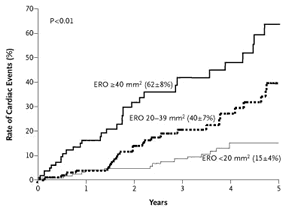mitral valve prolapse lifespan
However their survival chances worsen if the breathlessness becomes more frequent and develops while performing daily activities like cooking and bathing. Mitral valve prolapse also known as click-murmur syndrome Barlows syndrome balloon mitral valve or floppy valve syndrome is the bulging of one or both of the mitral valve flaps leaflets into the left atrium during the contraction of the heart.
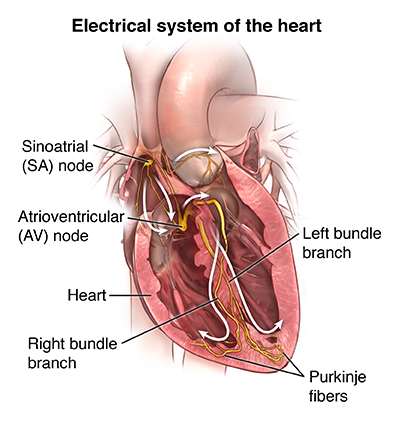
Mitral Valve Prolapse Johns Hopkins Medicine
Thirty-eight patients were alive without serious complications and seven had died of unrelated causes.
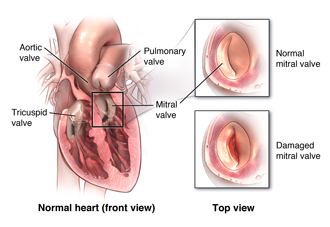
. Mitral valve prolapse also called MVP is a condition in which the two valve flaps of the mitral valve dont close smoothly or evenly but bulge prolapse upward into the left atrium. That means theres a risk that mitral valve prolapse may progress to mitral valve regurgitation a more serious condition that may require treatment if the leak is severe. Also known as Chronic Valve Disease CVD or endocardiosis mitral valve disease is known for being an age-related thickening of the mitral valve caused by an increase in collagen and elastic fibers.
Affected family members are often tall thin with long arms and fingers and straight backs. There are various types of MVP broadly classified as classic and nonclassic. Failure for the mitral valve to close properly may result in whats known as mitral valve regurgitation basically blood leaking back into the atrium.
Mitral valve prolapse is also known as click-murmur. Whether and when you receive treatment. Perspective at 25 years.
Mitral valve prolapse MVP however has. Mitral valve prolapse is a valvular heart disease characterized by the displacement of an abnormally thickened mitral valve leaflet into the left atrium during systole. A brief review at 45 years - with reference to.
In 60 of these patients the disease may not progress at all. One or both of the flaps may not close properly allowing the blood to leak backward. Chinese Medicine sees the body as a system not a sum of isolated parts.
Mitral valve billow and prolapse. It is the primary form of myxomatous degeneration of the valve. Mitral Valve Prolapse is defined as mitral valve displacement more than 2 mm above mitral annulus in long-axis view parasternal or apical three chambers.
However individuals with severe mitral valve regurgitation may have a lower life expectancy especially if it goes untreated. In non-classic MVP mitral valve leaflet thickness is 0 mm to 5 mm. MVP is further subdivided into non-classic and classic based on the thickness of the mitral valve leaflets.
More common cardiac manifestations such as aortic dissection and aortic valve incompetence have been widely documented in the literature. When interpreting data on long-term survival it should be appreciated that available data refer to the outcomes of mitral repair and cardiac surgery as practiced 10 to 20 years previously 1. Mitral valve prolapse is more common in women from 20 to 40 years old.
Other than that bioprosthetic valves wear out easily than the mechanical valves and needs to be replace in about 10-12 years whereas mechanical valves last for about 25 years. It carries a reduced life expectancy largely dependent on cardiovascular complications. In the 20-39 year range there were very few deaths limiting predictability but survival also appears to be normative.
The mitral valve is most prone to degenerative valve disease a condition where the valve gradually declines. The mortality rate of mitral valve repair is about 1-2 and in mitral valve replacement its about 5-7 in patients younger than 50 years and 17 in patients older than 80 years. In severe cases of classic MVP complications include mitral.
Mitral valve billowing and prolapse. The survival rate drops to around 60 percent at 5 years. This is why your severity level does matter when it comes to life expectancy and risk of death in the first 5 years after diagnosis.
One study shows that the life expectancy of people who had repair is the same as the life expectancy for the general population. Around 80 of patients with mild symptoms live for at least 10 years after diagnosis. Mitral valve repair can help you live just as long as people without valve issues.
For reasons not clear people with mild mitral valve prolapse often have more symptoms and signs than those with severe prolapse which may require surgery. The results of the study showed that the life expectancy of mitral valve repair patients matched the average life expectancy at any age between 40-89. Survival after mitral valve surgery according to preoperative echocardiographic ejection fraction EF.
However most people with mitral valve prolapse have a mild leak or no leak at all. This held true for people age 40 to 89. We examined the natural history of mitral-valve prolapse in 53 patients who had had a midsystolic click or late systolic murmur or both documented phonocardiographically a mean of 137 years earlier.
Mitral valve prolapse can be the consequence of several so-called patterns of disharmony in Chinese Medicine. Marfan syndrome is a multisystemic genetic condition affecting connective tissue. A pattern is when the systems harmony is disrupted leading to symptoms or signs that something is wrong like mitral valve prolapse here.
However also occurs in men.
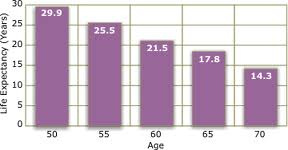
Patient S Lifespan After Heart Valve Replacement Surgery
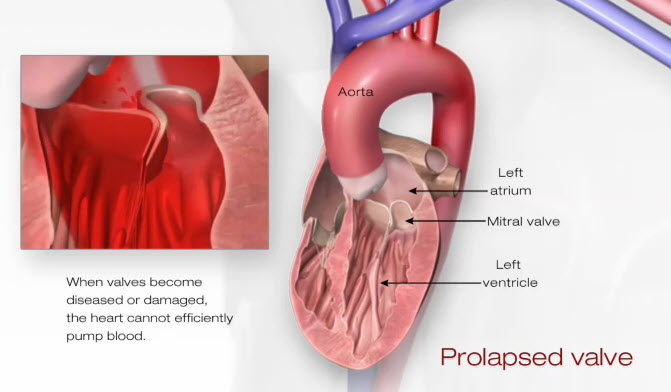
Problem Mitral Valve Prolapse American Heart Association

Age At Time Of Death Or Cardiac Arrest In Mitral Valve Prolapse Download Scientific Diagram

Pathophysiology Diagnosis And New Therapeutic Approaches For Ischemic Mitral Regurgitation Canadian Journal Of Cardiology
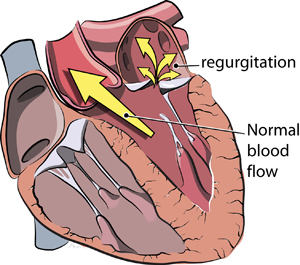
Life Expectancy Heart Valve Disease What Should Patients Know
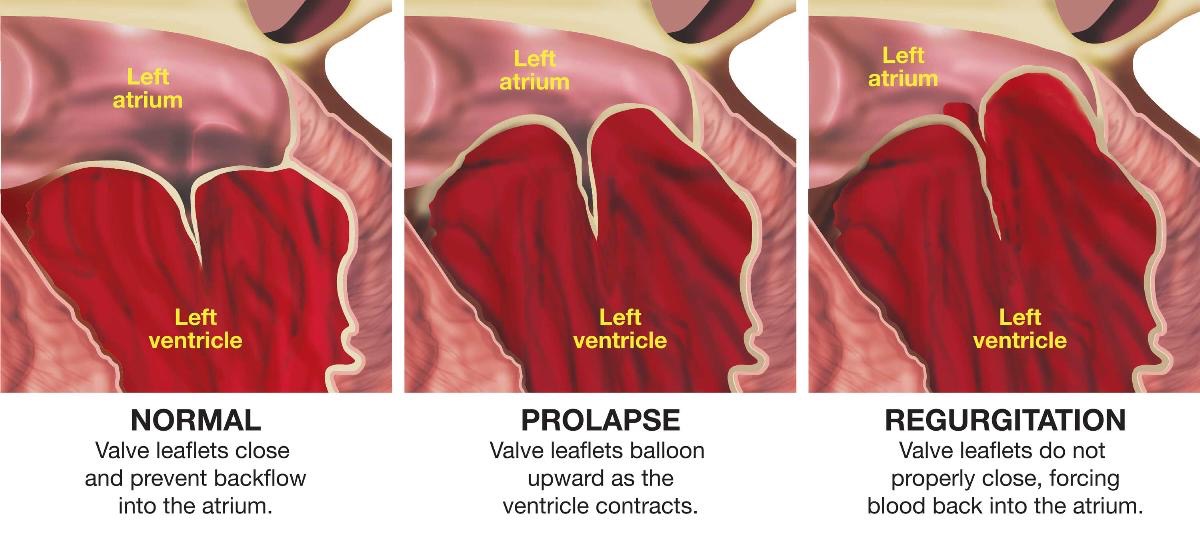
Mitral Valve Prolapse Child Heart Specialist Paediatric Cardiologist
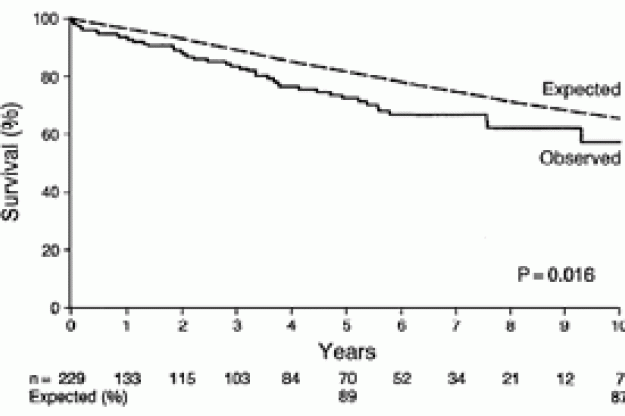
Non Surgical Management Mitral Valve Repair Center

Mitral Valve Prolapse And Regurgitation Animation Youtube

Mitral Valve Prolapse Johns Hopkins Medicine

Overview On Mitral Valve Prolapse

How Long Can You Live With Heart Valve Disease

Mitral Valve Prolapse Mitral Valve Prolapse Mitral Valve Cardiac Nursing

Overview On Mitral Valve Prolapse

Mitral Valve Stenosis And Mitral Valve Replacement Brief Information

Mitral Valve Regurgitation Uk Healthcare
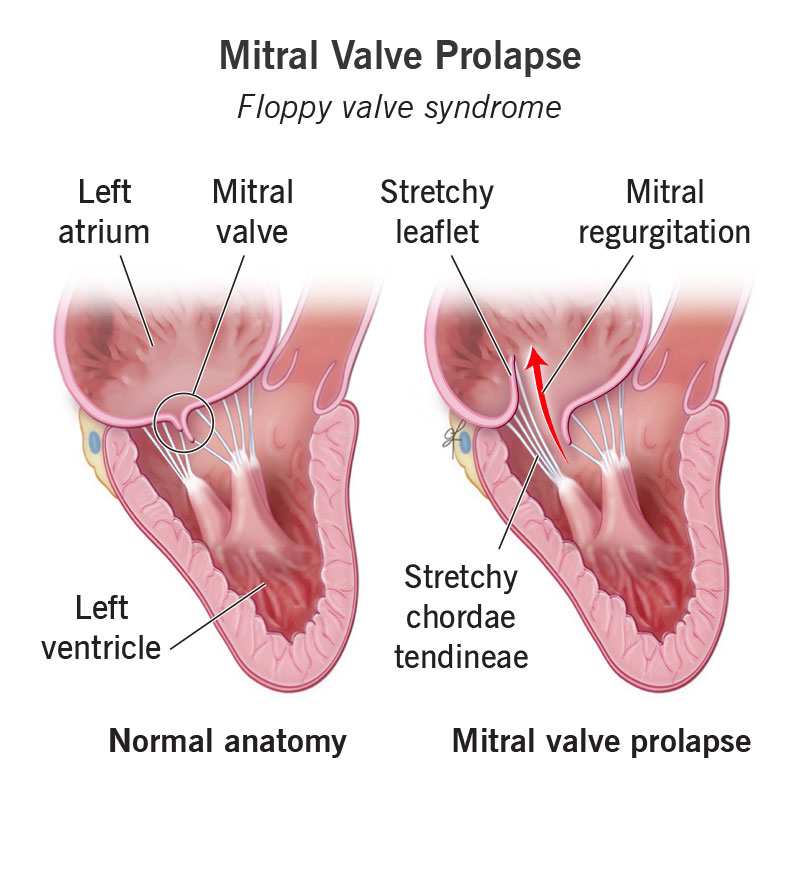
Mitral Valve Prolapse Symptoms Causes And Treatment

Pathophysiology Diagnosis And New Therapeutic Approaches For Ischemic Mitral Regurgitation Canadian Journal Of Cardiology

